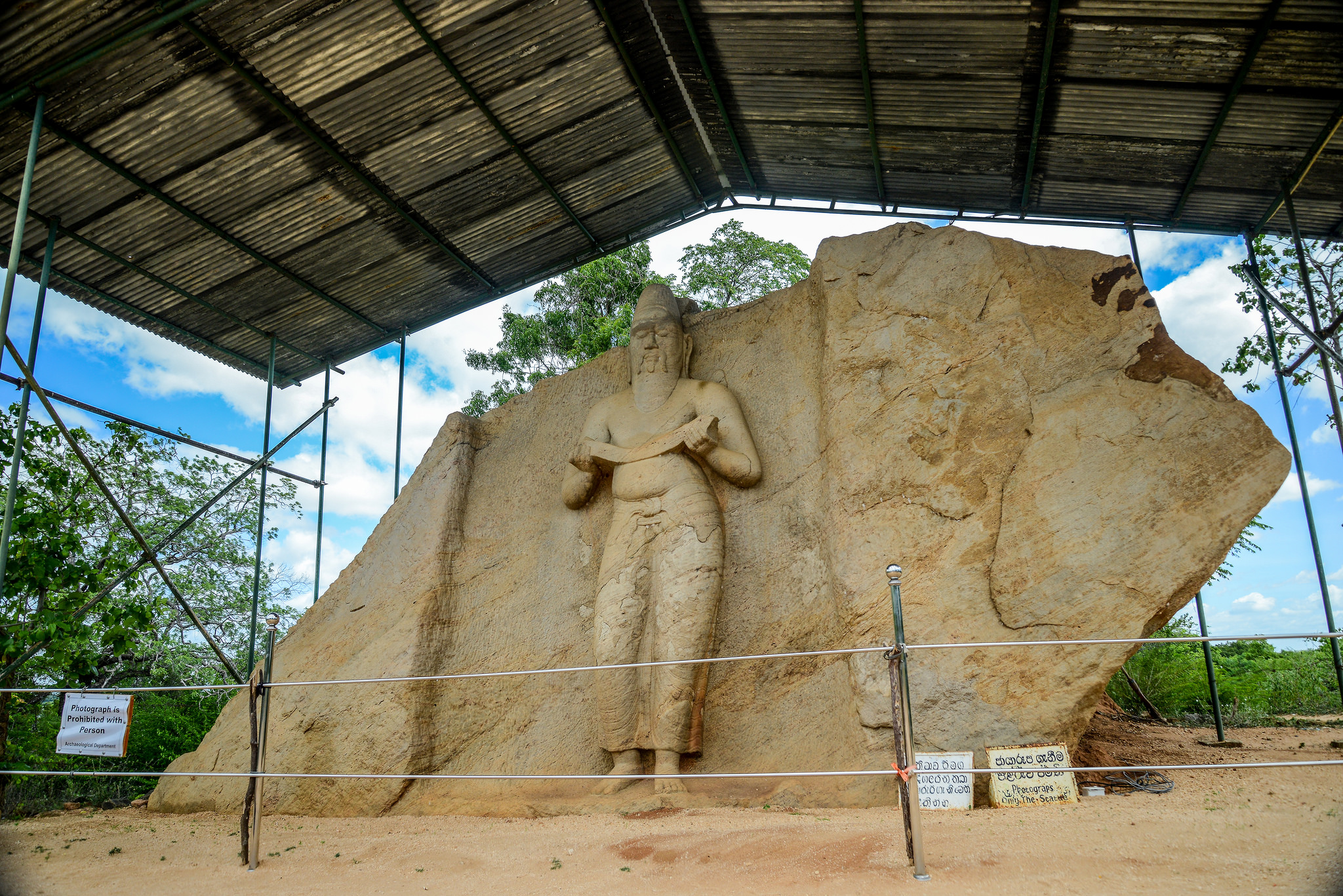Polonnaruwa is the second-oldest city in Sri Lanka, Anuradhapura being the oldest. Not only is the city’s name quite a mouthful, it’s long history dates back to the 5th century BC. During the Anuradhapura era, Sri Lankan kings decided that Polonnaruwa will be the next kingdom. It remained the capital of the country for 300 years (993-1284), during which several palaces, temples and gardens were built.
Polonnaruwa is another one of those cities where it is amazing to observe how the past blends with the present. Times have changed but faith will always remain. Worshippers still leave offerings for those centuries old Budhha stupas situated around the city.
Strolling around the city of Polonnaruwa, you will spot several ancient ruins including palace structures, religious buildings and some artistic sights. These attractions are spread out widely and hence a bicycle or a vehicle with a driver would be ideal to explore the city. Blue Lanka Tours recommends scheduling at least one day to study the ancient city of Polonnaruwa.
Highlights of Polonnaruwa historical attractions
- Royal Palace
This massive structure was King Parakramabahu’s Royal Palace (1153-1186), with 30 columns, inside which 50 rooms were neatly designed. While only some of the walls of this building are seen today, archaeologists believe it had seven floors and 3m thick walls; something very impressive to be built in days where machines did not exist! - Audience Hall
Located inside the Royal Palace, the King’s Audience Hall is a well preserved structure where you can see beautiful stone carvings of elephants on the wall. The elephants are uniquely carved where each elephant has a different look and is standing in a different position. - The Sacred Quadrangle
On a raised up platform, surrounded by a wall, you see a wonderful ensemble of 10 Buddhist structures. This area is the most concentrated collection of structures and is a must-see for visitors. - 2nd Shiva Devale
This building is the oldest in the city and dates back to when the Indian invaders came to establish the city. Because it is a stone structure, it has remained in its original condition over the centuries. - Dagoba’s
- Pabalu Vehera
This is an excellently preserved dagoba that was built during King Parakramabahu’s reign and is the 3rd largest in Polonnaruwa. - Rankot Vihara
Another well preserved dagoba which is the largest in Polonnaruwa. - Dagoba Kiri Vihara
This is an un-restored dagoba that has remained intact since its origin. It is a beautiful milk-white dagoba built in honor of the King’s Queen.
- Pabalu Vehera
- Lankatilaka Buddha Statue
Although the roof of this building is no more, the walls are an impressive 17meters high and when you walk down the aisle, you will reach a huge statue of a Buddha without a head. - Gal Vihara
Here you will find a group of Buddha postures that are carved out from a long granite slab, and are still remaining in perfect condition. The standing one is 7m tall, has an unusual position of arms and a sad face. The reclining Buddha is pictured entering Nirvana and is 14m long. This collection of 4 Buddha carvings are a splendid sight indeed.

